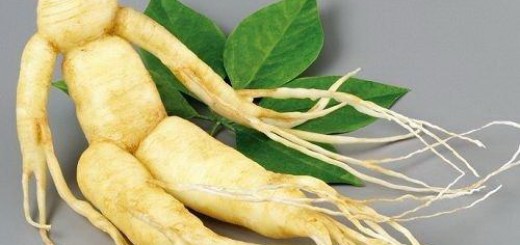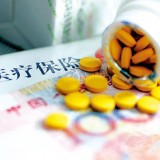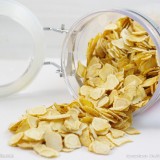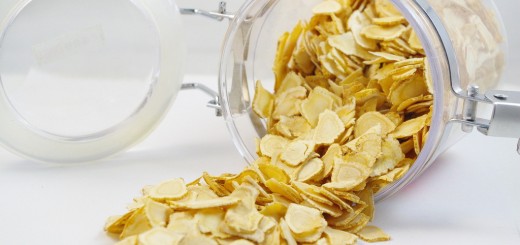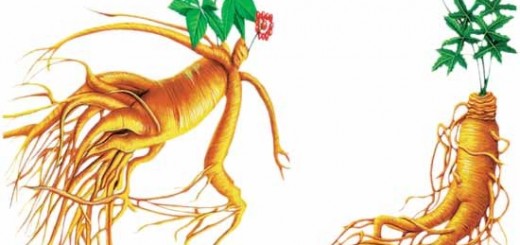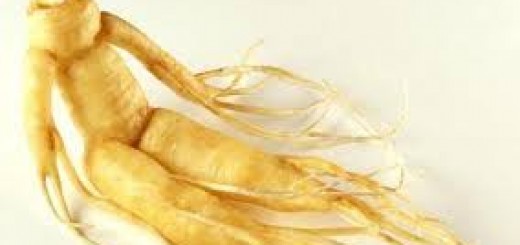化療是治療惡性腫瘤最常見的方式,但骨髓抑制是其常見的副作用之一,也是一個難治之症。
PPT是亞洲人參的主要活性成分分。本研究描述達瑪烷苷元(PPT)對環磷酰胺(CP)誘導的小鼠骨髓抑制的保護作用。
在環磷酰胺誘導的骨髓抑制小鼠模型中,分別口服給予不同劑量(37.5 ,75和150毫克/千克)的PPT。結果表明:PPT快速增加了白血細胞( WBC )的數量。同時,PPT也促進紅血細胞和血小板的增殖。細胞集落形成實驗顯示:粒細胞和巨噬細胞集落形成單位(CFU-GM),紅細胞集落形成單位(CFU-E),紅細胞集落形成單位( BFU-E)、巨噬細胞集落形成單位( CFU-Mega)和紅細胞=粒細胞=單核/巨噬細胞集落形成單位(CFU -GEMM) 均得到了明顯改善。
此外,蘇木精/伊紅的骨髓染色先證實了PPT改善骨髓抑制的作用。同時,PPT治療組中的脾細胞增殖能力也比模型組要高。同時,PPT也改善了骨髓抑制小鼠的免疫功能,胸腺指數顯著增加了70.4 %和36.6%。
綜上所述, PPT對環磷酰胺誘導的骨髓抑制產生保護功能。其作用機制可能與刺激造血功能以及提高免疫功能有關。
來源: Yang Y, Xu S, Xu Q, Liu X, Gao Y, Steinmetz A, Wang N, Wang T, Qiu G. Protective effect of Dammarane Sapogenins against chemotherapy-induced myelosuppression in mice. Exp Biol Med (Maywood). 2011 Jun 1;236(6):729-35
Orignial research was published on Exp Biol Med (Maywood). 2011 Jun 1;236(6):729-35
Protective effect of dammarane sapogenins against chemotherapy-induced myelosuppression in mice.
Yang Y1, Xu S, Xu Q, Liu X, Gao Y, Steinmetz A, Wang N, Wang T, Qiu G.
Abstract
Chemotherapy is the most common way to treat malignancies, but myelosuppression, one of its common side-effects, is a formidable problem. The present study described the protective role of dammarane sapogenins (DS), an active fraction from oriental ginseng, on myelosuppression induced by cyclophosphamide (CP) in mice. DS was orally administered at different dosages (37.5, 75, and 150 mg/kg) for 10 d after CP administration (200 mg/kg intraperitoneally). The results showed that DS increased the number of white blood cells (WBC) on day 3 and day 7 (P < 0.05), such that WBC levels were increased by 105.7 ± 29.5% at 75 mg/kg of DS on day 3 (P < 0.05, compared with the CP group). Similar results were observed in red blood cells and platelets in DS-treated groups. The colony-forming assay demonstrated that the depressed numbers of CFU-GM (colony-forming unit-granulocyte and macrophage), CFU-E (colony-forming unit-erythroid), BFU-E (burst-forming unit-erythroid), CFU-Meg (colony-forming unit-megakaryocyte) and CFU-GEMM (colony-forming unit-granulocyte, -erythrocyte, -monocyte and -megakaryocyte) induced by CP were significantly reversed after DS treatment. Moreover, the ameliorative effect of DS on myelosuppression was also observed in the femur by hematoxylin/eosin staining. In DS-treated groups, ConA-induced splenocyte proliferation was enhanced significantly at all the doses (37.5, 75, 150 mg/kg) on day 3 at the rate of 50.3 ± 8.0%, 77.6 ± 8.5% and 44.5 ± 8.4%, respectively, while lipopolysaccharide-induced proliferation was increased mainly on day 7 (P < 0.01), with an increased rate of 39.8 ± 5.6%, 34.9 ± 6.6% and 38.3 ± 7.3%, respectively. The thymus index was also markedly increased by 70.4% and 36.6% at 75 mg/kg on days 3 and 7, respectively, as compared with the CP group. In summary, DS has a protective function against CP-induced myelosuppression. Its mechanism might be related to stimulating hematopoiesis recovery, as well as enhancing the immunological function.














